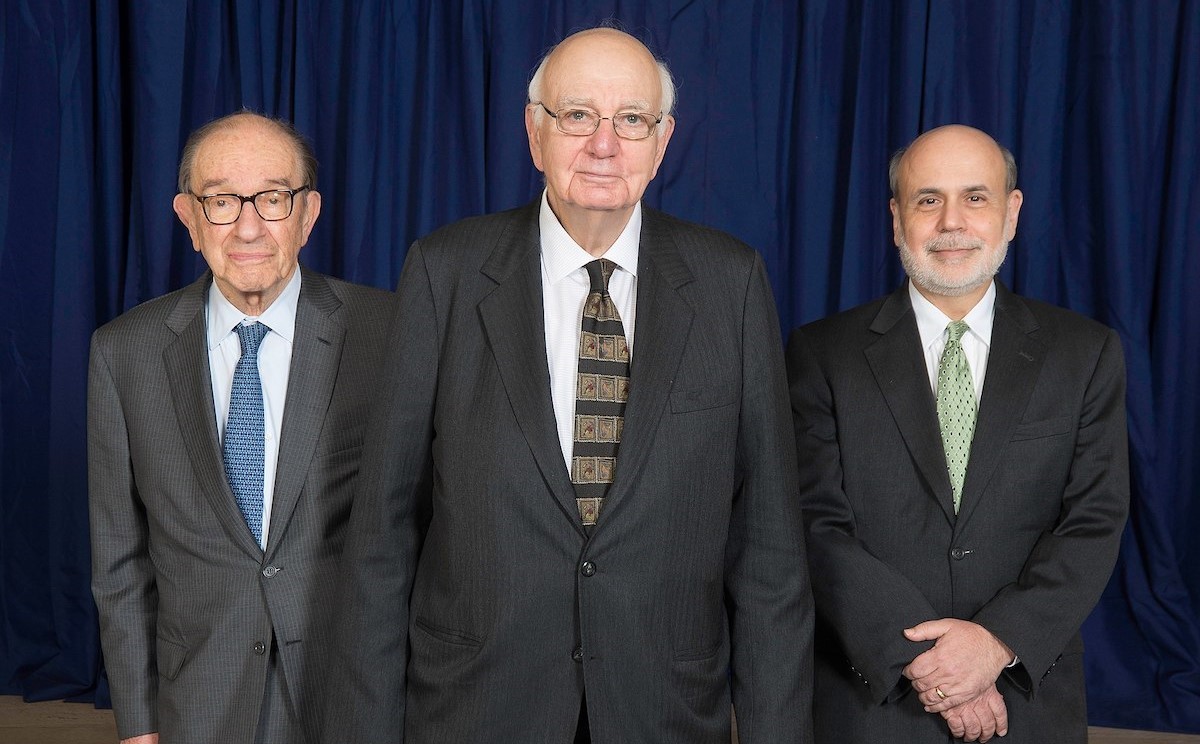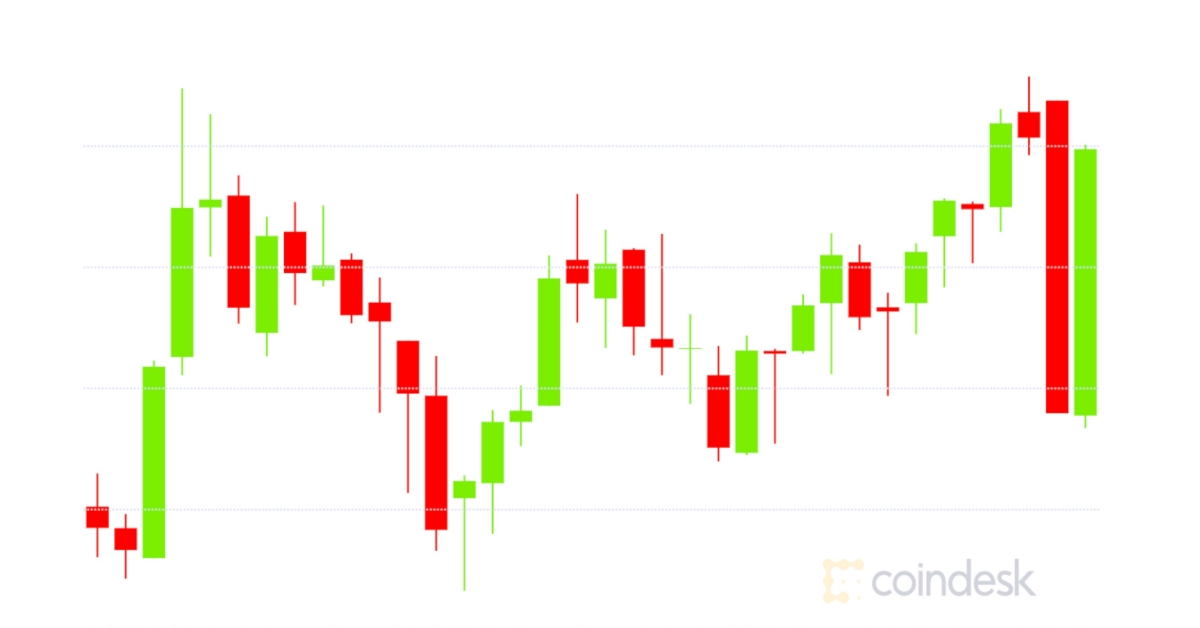Makers of Keep Protocol Raise $7.7M to Bring Trustless BTC to DeFi
Paradigm co-founder Fred Ehrsam speaks at Token Summit II. (Credit: Brady Dale for CoinDesk)
Makers of Keep Protocol Raise $7.7M to Bring Trustless BTC to DeFi
With a forthcoming product that may entice more decentralized finance (DeFi) players to incorporate bitcoin-backed tokens, Thesis has closed a $7.7 million deal by selling its Keep tokens to some of crypto’s top investors.
Announced Thursday, Thesis will shortly debut TBTC, a trustless platform for making bitcoin-backed tBTC tokens on Ethereum. The private keys guarding the BTC are stored using Keep, the firm’s system for storing secrets in a usable fashion on the world computer. Few secrets are more useful and valuable than bitcoin private keys.
That said, a vocal cohort of bitcoin partisans has been very publicly skeptical of DeFi, but TBTC’s creator doesn’t think that represents the broader view. After all, more people hold bitcoin than ever before.
“The silent majority of most bitcoin and ETH people aren’t maximalists,” Matt Luongo told CoinDesk in a phone call.
Luongo is the CEO and founder of Thesis, a blockchain development studio. The idea for Keep arose out of building bitcoin rewards app Fold, which needed ways to store data in public, privately. While not committing to a precise timeline, Luongo said both Keep and TBTC will go live at the same time – in a matter of “weeks not months.”
The new funding round was led by Paradigm Capital, with participation from Fenbushi Capital, Collaborative Fund and others. In December 2018, Keep had a prior round that included participation from Andreessen Horowitz, Polychain Capital and Draper Associates.
“Keep is the solution we’ve been waiting for, to unlock the next stepwise growth in adoption,” Paradigm co-founder Fred Ehrsam said in a press release. “I am especially excited about tBTC, the first ‘killer app’ supported by the Keep network.”
Luongo is himself extremely long BTC, but he’s not one of those bitcoin diehards who dismisses DeFi.
“I think the whole Bitcoin-Ethereum cultural split has outlived its usefulness,” he said.
What’s different about tBTC
Bitcoin is already on Ethereum, most notably with wBTC, an ERC-20 token created by BitGo.
Naturally, wBTC builds on its creator’s strengths. BitGo serves as the custodian and lets anyone check its BTC balances against outstanding wBTC. But having a centralized, identifiable custodian could potentially introduce censorship risks in the eyes of some users.
Conversely, TBTC is an application built to allow trustless storage of the bitcoin backing tBTC tokens. To mint one tBTC, a user contacts the Keep network, which designates a wallet for storing the bitcoin. The keys for that wallet are held in a multi-sig structure across several nodes on the Keep network that have staked KEEP tokens.
This is just what Keep was built for, Luongo explained. “It let’s you operate with private material and choose people to hold it randomly,” he said.
The chosen nodes collateralize the BTC with ETH at 150 percent of the value of the underlying BTC. Then the tBTC token gets minted to the bitcoin owner’s wallet.
That token can be used in DeFi apps that accept it (more on that later). Anytime they want to unlock their bitcoin, the tBTC creator simply needs to return an equal amount of tBTC to the smart contract, which will burn the tBTC and return the bitcoin to a wallet the user controls.
BTC’s DeFi advantages
Interestingly, Luongo said, ETH is likely to work better for collateral for BTC than a stablecoin, because the two cryptos tend to be fairly correlated. So if BTC price makes a big move, ETH will probably make a similar move, making it less likely for the ETH collateral to get liquidated.
There’s very little reason to have bitcoin on Ethereum if there’s nothing to do with it, though, so the product will only work well if DeFi applications adopt tBTC. In part, Luongo explained, that’s why Thesis sought a fresh round of funding.
“As TBTC is the first app on Keep we want to make sure it lands,” Luongo said.
Stani Kulechov runs Aave (formerly ETHLend), the number four application on DeFi, according to DeFi Pulse. Aave has a half-million dollars worth of wBTC on the application, which is fairly small compared to other tokens its users stake.
“I think DeFi is still alien to Bitcoin holders,” Kulechov told CoinDesk in an email.
That said, he also believes that the yields found in DeFi are attracting more and more hodlers. His company has been watching tBTC along with other projects working to get BTC onto Ethereum, such as Ren and pTokens.
“These new alternatives are actually bringing quite innovative solutions to reduce trust and custody,” Kulechov wrote. “That might be another factor that could accelerate BTC liquidity into Ethereum.”
Disclosure Read More
The leader in blockchain news, CoinDesk is a media outlet that strives for the highest journalistic standards and abides by a strict set of editorial policies. CoinDesk is an independent operating subsidiary of Digital Currency Group, which invests in cryptocurrencies and blockchain startups.









